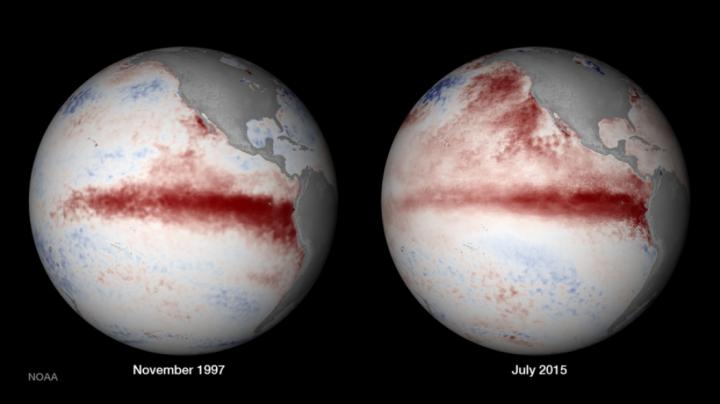 "If El Niños were dangerous before, they are looking to become especially destructive in the near future. Already severe and unpredictable, recent research indicates these natural weather events are now swinging to even greater extremes.
"If El Niños were dangerous before, they are looking to become especially destructive in the near future. Already severe and unpredictable, recent research indicates these natural weather events are now swinging to even greater extremes.
Since humans started burning fossil fuels on an industrial scale, coral records from the past 7,000 years indicate that heat waves, wildfires, droughts, flooding and violent storms associated with El Niño have grown markedly worse.
Climate scientists have long suspected a cause-and-effect relationship between global warming and El Niño, but while some studies have shown stronger and longer events with growing global temperatures, others have found the opposite.
The El Niño Southern Oscillation (ENSO) is a natural weather cycle that has heated and cooled the equatorial Pacific ocean for thousands of years, causing large-scale weather changes. Predicting when, where and how this pendulum will swing, however, has proved quite difficult.
Usually showing up every two to seven years, El Niño events are known to cause brief spikes in global surface temperatures, whereas La Niña events trigger the opposite cooling effect.
Still, reliable ENSO measurements only go back about a century, so it's been hard to determine if these changes are 'normal' in the grand scheme of things."
No comments:
Post a Comment